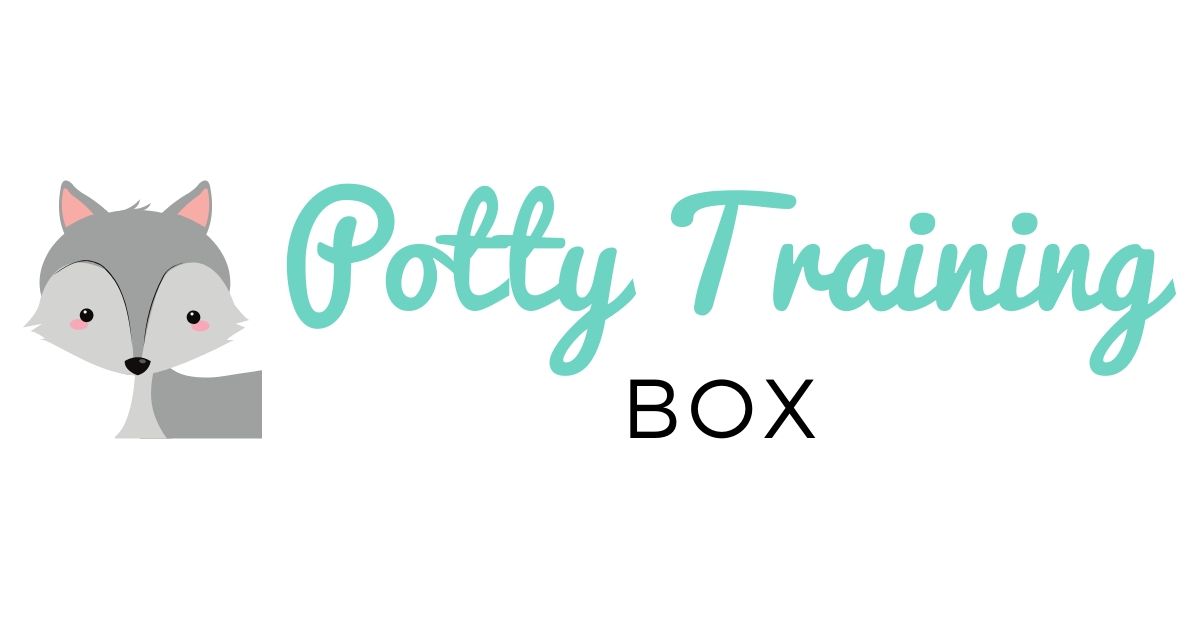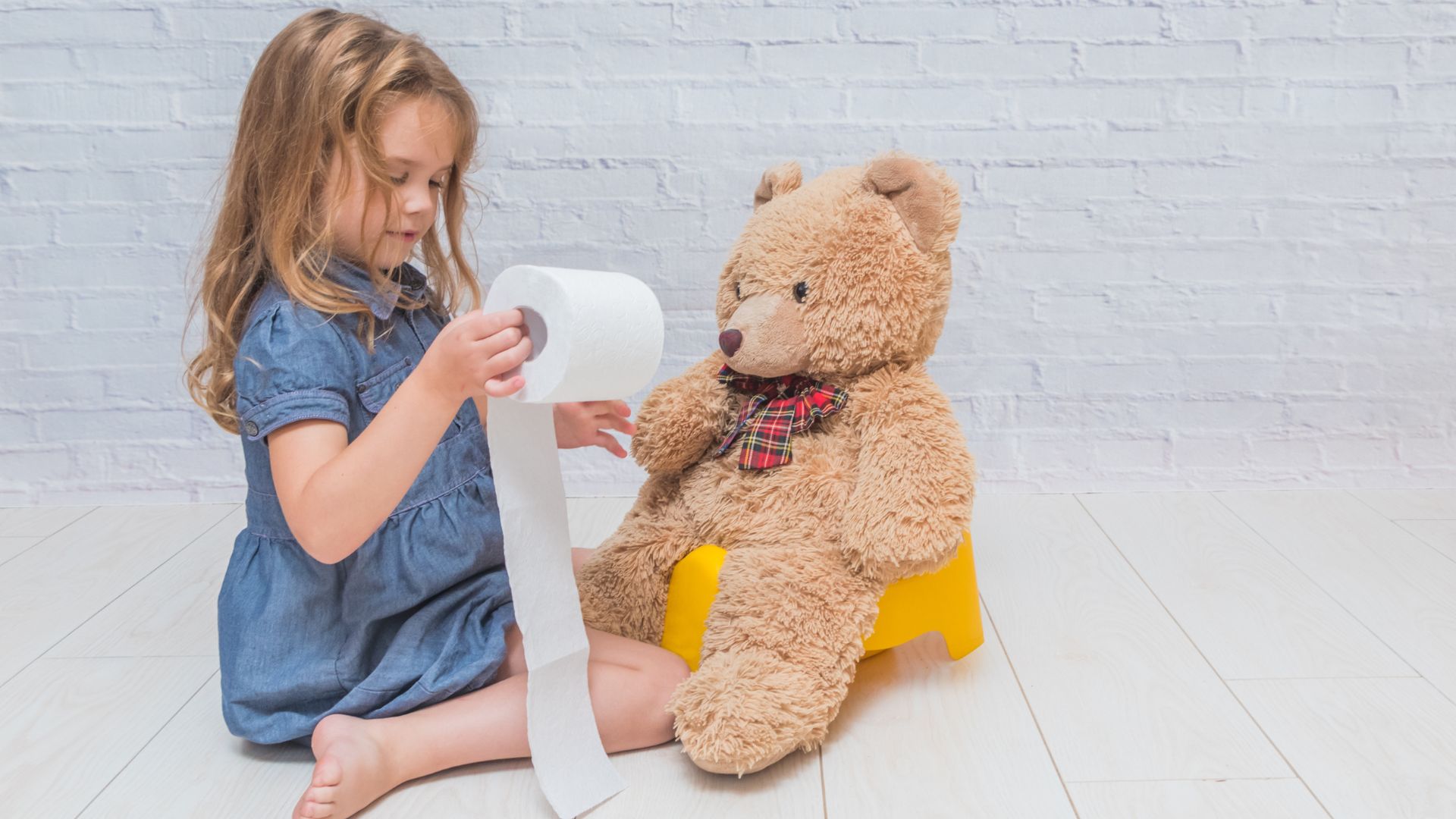10 Tips to Stimulate Potty Training: A Guide to Success – How can you stimulate potty training? As a parent, you understand the importance of supporting your child at every step of their development. Potty training is one of those major milestones we all look forward to or perhaps sometimes even dread. And we understand that all too well because we also had no idea how to start. That’s why we want to help you with valuable tips and advice to stimulate your child under 2 years old during this exciting adventure! Here are some tricks to get your toddler potty trained:
The 10 tips to stimulate Potty Training
- (Interactive) books and videos: Read books about potty training together or watch videos that explain the process in a child-friendly way. This can pique your child’s curiosity and increase understanding. For example, think of books like “P is for potty” or “The new potty”. Sometimes, children understand better what happens in the body, which can reduce tension.
- Go to the potty and toilet together: Take your child with you when you go to the toilet. This can stimulate curiosity and show your child what happens. It’s a great tip to stimulate potty training. Children often learn through imitation, so if they see you going to the toilet, they may want to try it too. Also, explain what you’re doing and how so that your child can easily follow suit. Often, 2-year-old children are very curious and imitate a lot, making it easier to teach them things.
- Choose a fun Potty and/or toilet seat reducer: Involve your child in choosing a potty or toilet seat reducer. If they can make a personal choice, they feel more involved and excited to use it. And their independence grows, which can provide extra motivation and confidence in potty training.
- Share stories: Tell fun and motivating stories about the potty or toilet. Children are often curious and enthusiastic about discovering new things. By sharing stories, you can increase your child’s interest. Also, when a child has stomach pain or diarrhea, it’s good to tell a story about, for example, your own experience. This way, your child also realizes that it’s normal and happens to everyone.
- Positive approach: Give your child compliments and maintain a positive approach when they do things related to potty training. This can help create more motivation for potty training, making it less scary and daunting. It can also help stimulate potty training.
- Practice with dolls or stuffed animals: Let your child practice using the potty or toilet by doing the same with their dolls or stuffed animals. This can help understand and stimulate potty training and alleviate fear or tension about the potty and/or toilet.
- Reward system: Introduce the reward system before you start, where your child gets a sticker or a small gift each time they successfully use the potty. This can motivate and reward your child for their efforts. Think in advance about what rewards or gifts can motivate your child. It doesn’t always have to be a physical gift but could be, for example, a dance, watching a favorite movie, or reading a book. In this Instagram post, we have more ideas.
- Family and friends: Let your child talk to older siblings, family members, or friends who are already potty trained. They can share stories and encourage your child to use the toilet to pee and poop. This way, children also see that it’s very normal and that everyone does it.
- Potty Training Box: Consider using educational and motivational materials and products such as our Potty Training Box. This box contains a program booklet, stickers, and other tools to make the process fun and educational. This will not only stimulate and motivate children but also parents, ensuring that everyone knows what to do.
- Patience: Above all, approach potty training with patience and a positive attitude. Create a safe environment where your child feels comfortable learning and growing. Every child learns at their own pace, so also observe carefully what your child needs.


